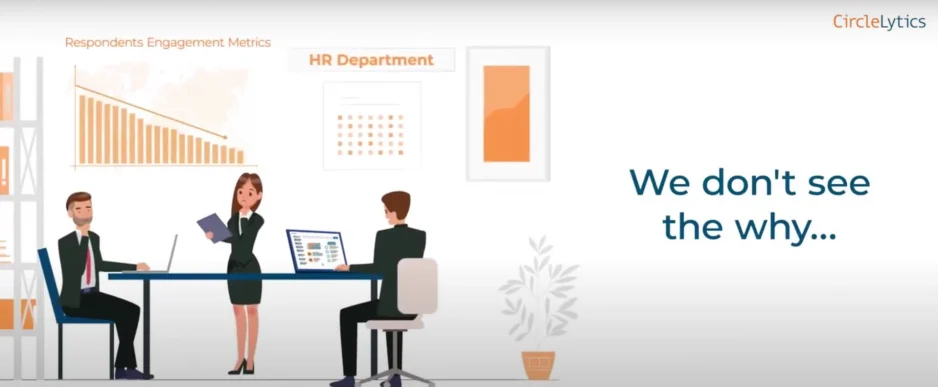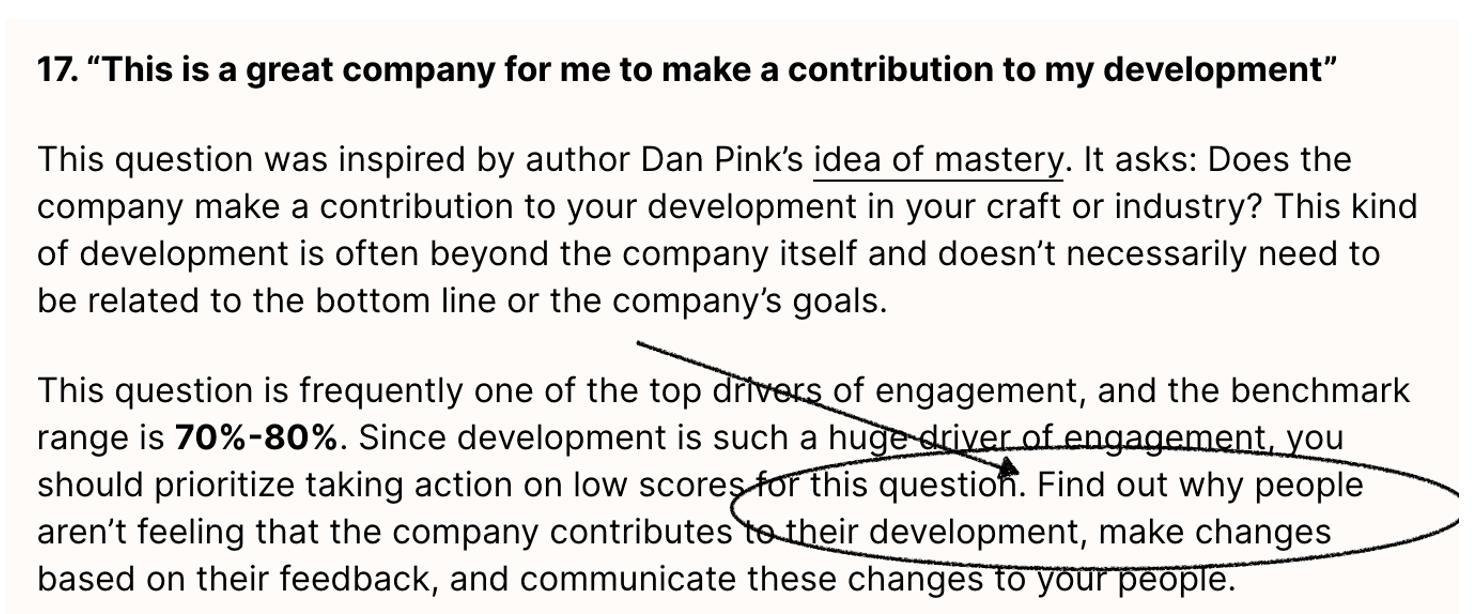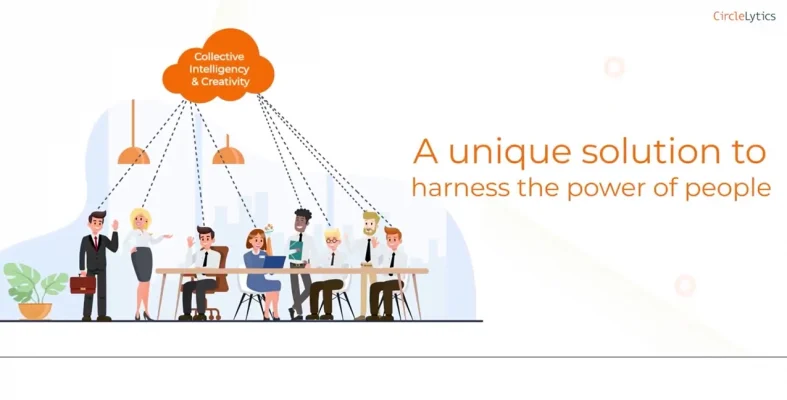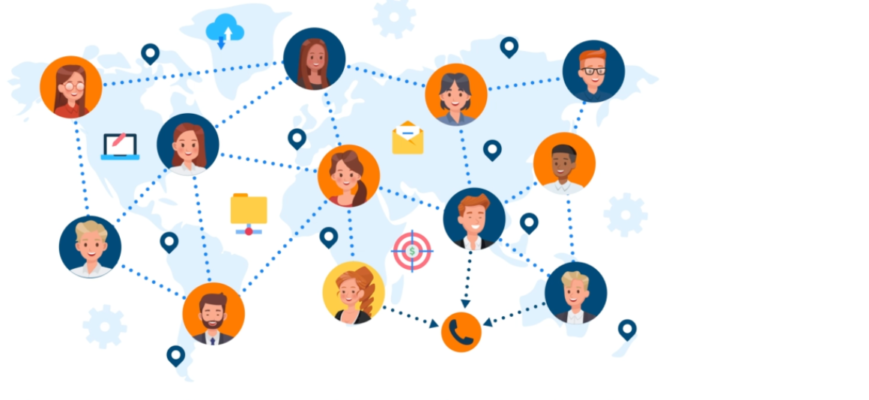Everyone has limitations. I certainly do. How do you compensate for them?
When I get up, one of the things I do is put my lenses in or put my glasses on first, because of the limitation of my vision. I’ve had this since I was about 14. Without glasses or lenses, I see people, things, situations and dimensions blurred. Extremely limited, and therefore extremely limiting. It closes me off from the world around me. And that immediately has an effect on me: I close myself off from the world a little more. If I can’t do anything with it, if I can’t see it, it’s as if I don’t need to see the world. I stay in a kind of bubble, a somewhat apathetic, isolated situation. As a teenager I didn’t want to wear my glasses, and we didn’t have money for lenses, so I only wore them when I had to. Then I noticed how you can close yourself off from the world or open yourself up to it. Shutting off, being open, shutting off, being open. With a simple tool. Well, simple, a unique innovation that 60% of society can no longer do without. So you can apparently take charge of your own limitations.
The limitation of limited vision is just the beginning. I have many more. That is why, for example, I make sure that I read every day. To cope with my limitations.
Not seeing or not wanting to see
We often close ourselves off from things we don’t see, don’t want to see or don’t want to know. We leave our limitations, if we are aware of them at all, as they are. You look the other way, and presto, your own limitations immediately exist a lot less. Such a bubble is sometimes useful: in that bubble, you can just do what you want and what you can, without seeing it, and define or ignore the outside world. Your assumptions and beliefs remain intact. You’re always right. And so you stay close to what you already know, which fits in perfectly with the trend of ‘staying true to yourself’. Moreover, nowadays you can expect to be allowed to be yourself in your organization, from the point of view of psychological safety and diversity & inclusion. So with all your limitations, you must be given room to be yourself, including your limitations. You can expect others to respect and accept you for that.
But my question is: what do you do with those limitations? Who or what do you look for to complement yourself? And vice versa? Who fits your limitations? Who is creative if you are not? Who is more analytical if you are not? And who can you help with what someone else’s limitation is? Which colleague do you sometimes help, “I see that you’re struggling with that presentation, why don’t we look at it together?
Madam Curie described it beautifully, working on yourself and being there for others: “You cannot hope to build a better world without improving the individuals. To that end, each of us must work for his own improvement, and at the same time share a general responsibility for all humanity, our particular duty being to aid those to whom we think we can be most useful.”
Needing each other to deal with your own limitations
Doing something about your limitations, getting out of your bubble? Boring or interesting? Do you take off your glasses or do you put them on to see better? Like for the love of your life. Or finding out why employees leave you, while you send them a survey every month to measure engagement. Or finding out the real reason why a customer won’t renew a contract, even though your sales team says it’s just because we don’t innovate enough. Or understanding the resistance to a particular change project and how you can turn it around. To see or not to see? Eyes open or eyes closed? We desperately need others. As a mirror for our own actions, thinking, feeling, observing or the absence of it. To learn from and to ask for and offer help. To get feedback and advice, to ask questions that we did not dare to ask of ourselves. Where is our limitation to deal more cleverly with our limitations?
Curious? Plan your demo or just an exchange of thoughts with the CircleLytics team here.
Two behaviours limit us from learning
Cognitive dissonance, also called Myside bias
The first means that we shun or distort information if it can confuse us or make us feel uncomfortable about how we see things or think about something. In other words, new knowledge is not welcome if it questions our current knowledge. Getting out of your bubble, seeing something better than you do now, takes some effort. Check out the American psychologist Leon Festinger on this topic who wrote the book A Theory of Cognitive Dissonance in 1957.
Confirmation bias, seeking confirmation
The second behaviour, confirmation bias, says that we prefer to look for information that confirms our point of view, our current knowledge and assumptions. We pay more attention to matters (and information) that are more familiar. Like attracts like. We prefer someone on the team who understands us, fits in with us, and is not going to slow us down with new views. We also prefer not to make the meeting too big, especially not with that critical colleague, because “we want to get on with it today”. We’d rather experience the comfort of hearing what you want to hear from a familiar, small group. We need confirmation. We see what we want to see, what we can handle. This is how we bring our personal, emotional limitation to work, even though research shows that being actively open to reflection and other opinions and to diversity benefits the team, results and critical and creative thinking. Not the superficial kind of diversity, like gender, skin colour, religion, etc., but the deeper kind, like knowledge, experience and other perspectives. A growth mindset: looking for what you don’t know yet, for new information. Looking for contradiction instead of avoiding it.
In dialogue? Learn from others: look further!
Physicist David Bohm, and I too, indicate that the technique of dialogue can compensate for your own limitations of knowledge, experiences, insights. You actively look for different, new perspectives to improve, sharpen or even reject your own point of view. I prefer to call a standpoint an ‘expression of temporary and limited insight’. A standpoint is a point on which you stand, an immovable position, reinforcing behaviours such as the ones mentioned above. In science, the opposite of this is called Active Open-Minded Thinking: looking for reasons not to be right. CircleLytics Dialogue has been developed to ensure that the diversity of everyone’s thinking is immediately available to you. According to our vision, new knowledge, insights and ideas must be gained, learned from and used in a fast, safe and accessible way. In dialogue, you actively renew your temporary insight. CircleLytics can be used for this purpose. For group sizes of up to 100,000s, for every conceivable subject, for hours or days, and sometimes weeks. Open-ended questions are essential, and the second step. Because the first step is to be open to renewing your own opinions, assumptions, beliefs and standpoints. Already in 1995, Kotter (Harvard) explained that research shows that the more people get involved in transformation, the better the outcome.
By the way, Bohm suggests a minimum group of 20 people (for physical meetings; he lived before the internet emerged), because with a smaller number you would know each other too well, you wouldn’t be surprised, and therefore stay within your comfort zone. You do make your decisions within a few hours of such a meeting, and you think that is because you keep the group small and the lines of communication and interaction limited. Clear and … limited. But … limiting. Bohm says: “these decisions by such a small group are risky and simply not the best ones”. You also do not build support outside the small group and that can cost you dear. After all, these are times when employee engagement and inclusion are paramount. The picture here 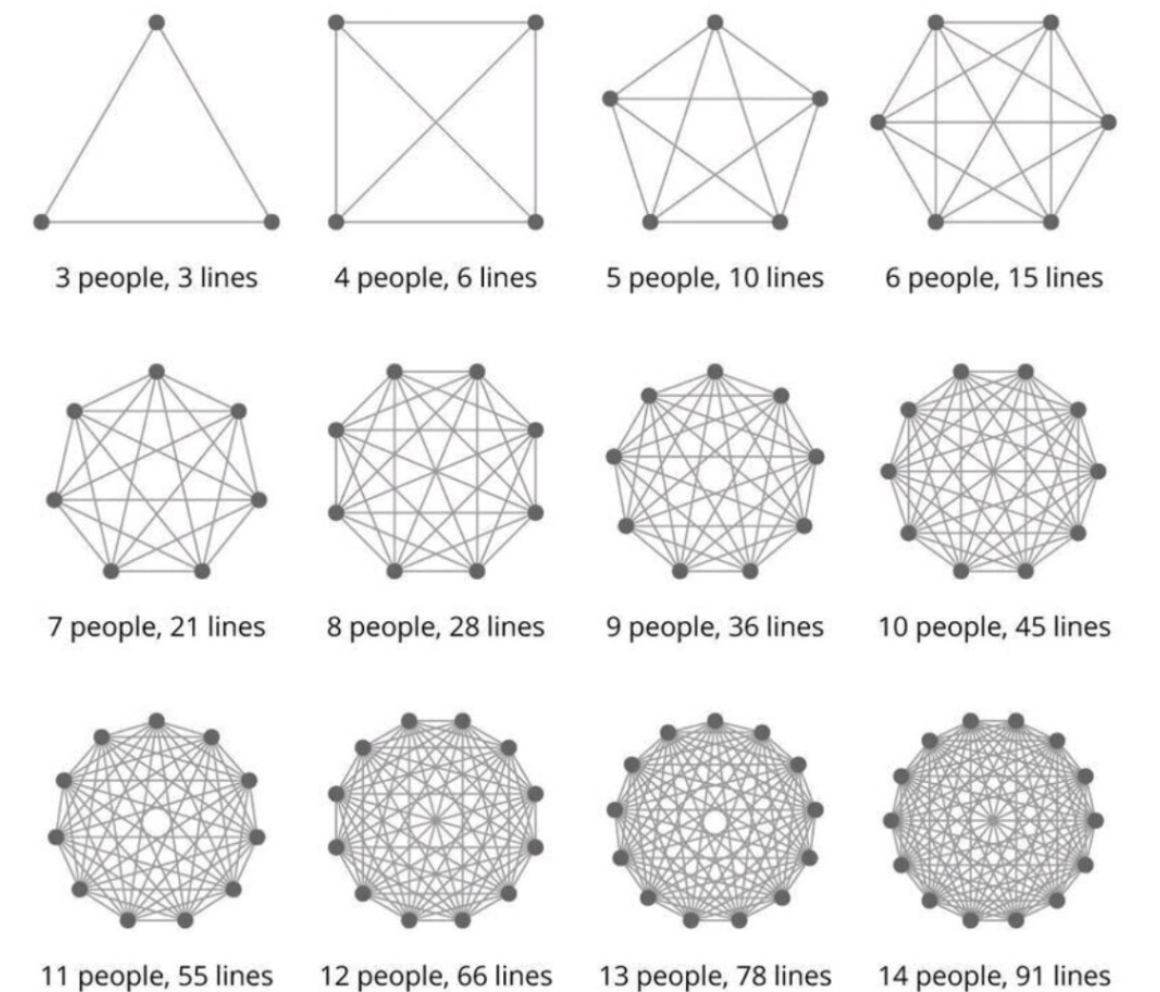 shows the richness of connections when you involve multiple people: you gain a multifold of interaction and enrich dialogue, hence insights. Organizations such as Philips, Unilever, the National Police, the Ministry of Public Health and Welfare, RIVM, Landal GreenParks do this with 100 to 10,000 people at a time. But also with smaller groups, from 10 to 100, for brainstorm sessions, preparation of offsites, top 100 meetings, Works Council meetings. CircleLytics uses its algorithms to recognize differing opinions and confront the participants with these differing, anonymous opinions. This leads them to new and better thoughts. And those thoughts are bundled and delivered as a result in real time. The more people, the richer and more diverse the insights, and the more interactions. You could be ready in a few days (prior to your meeting) using the technology of CircleLytics Dialogue. Or sometimes a few weeks and – if it’s urgent – in hours.
shows the richness of connections when you involve multiple people: you gain a multifold of interaction and enrich dialogue, hence insights. Organizations such as Philips, Unilever, the National Police, the Ministry of Public Health and Welfare, RIVM, Landal GreenParks do this with 100 to 10,000 people at a time. But also with smaller groups, from 10 to 100, for brainstorm sessions, preparation of offsites, top 100 meetings, Works Council meetings. CircleLytics uses its algorithms to recognize differing opinions and confront the participants with these differing, anonymous opinions. This leads them to new and better thoughts. And those thoughts are bundled and delivered as a result in real time. The more people, the richer and more diverse the insights, and the more interactions. You could be ready in a few days (prior to your meeting) using the technology of CircleLytics Dialogue. Or sometimes a few weeks and – if it’s urgent – in hours.
Continuous change requires constant engagement and constant dialogue. However, if you follow a heuristic, bias-sensitive way of working, just because you want to stay in your comfort zone, you face cognitive dissonance and run unnecessary risks. Our view is that this can affect the weak trust, low engagement and toxic culture that organizations measure. If you make your decisions without knowledge, experience and insights decentralized in the organization, successful implementation is far from guaranteed. What do you think it does to people when they have to do things they don’t agree with and have good reasons for doing so that you weren’t interested in?
Modern leadership: dialogue and the brainpower of many
Modern leadership at clients such as Philips and Spaarne Gasthuis organize their options, risks and ideas digitally with CircleLytics. It is based on the diversity of the way of thinking and experience of many people, even tens of thousands. We recommend at least 10 participants. The dialogues often precede a meeting in which the diversity and pooling of results are included in the decision-making process. The collective intelligence is therefore brought to bear by leaders, managers, project managers and other decision-makers. Growth-minded decision makers make stronger decisions by compensating their own cognitive and creative limitations with the brainpower of others. Since every human being has these limitations, there is no shame in admitting it. Addressing and compensating for them is the step we need to take now. And in my opinion, not doing so is questionable and risky; moreover, unnecessary. The developments of these forms of leadership and organization are going fast. The World Economic Forum white paper on “Decentralised Autonomous Organizations” is an interesting read in this regard. Organizations cannot be managed exclusively top-down without risks. Cognitive dissonance, confirmation bias and keeping your decision-making power in a small group are recalcitrant phenomena. What can you do about it?
Francesca Gino of Harvard studied some time ago that asking for advice and feedback from others is seen as a sign of strength and intelligence. The opposite was also brought to light; I think nobody wants to be seen as a weak leader or manager. It’s all about knowing your limitations, looking for new insights and learning to ask open-ended questions! Open-ended questions are instrumental in dealing with your own limitations. You show openness and vulnerability towards your employees, which not only gives you insights, but also builds trust. BCG also emphasises the positive impact of organizing dissent, debate and other perspectives. Moreover, BCG indicates that employees stay longer and are more involved if this is part of the culture. They recommend that “leaders should incorporate the concept of productive debate into corporate value statements” and “leaders should formally incorporate the values of productive disagreement into the organizational fabric and ways of working”. Plato already knew that asking questions is the essence of learning, and more recently, Harvard Business Review mentions the following about deliberately asking open-ended questions: “you’re communicating that you haven’t come with an immovable agenda, you are demonstrating that you care about and are open to the other person’s perspective, creating trust”. McKinsey writes about deploying people from outside your team or crowdsourcing with large groups: “Accept that it’s OK to draw on diverse experiences and expertise other than your own”.
Usually, leaders and managers are seen as ‘having limited cognitive resources and operating within the limits of bounded rationality, merely satisficing by making just good enough decisions’. And ‘working in complicated, often emotionally charged, organisational systems, decision makers have to respond to the needs of multiple stakeholders, who can politically influence the decision-making process’. This is the intriguing step that managers, HR, works councils, boards of directors and project leaders are taking by deploying CircleLytics. They are mobilizing the collective brainpower and creativity of (very large) groups of stakeholders. For many leaders and managers, this is still challenging. Professor Lynda Gratton of London Business School: “When we fear failure, we retreat to the known” and “leaders can address legitimate fears about the complexity of getting the employee proposition right and create a practice of embracing change that is fair and inclusive“. Not every change required in an organization allows for a participative – and therefore bottom-up – approach, where employees are seen as essential to that change and where there is a strong moral contract between management and employees. Sometimes a change requires a . The former is a rather tough and directive top-down approach, where employees are seen as instrumental to shareholder value creation. Our focus is on Theory O leadership and change management.
What this innovative generation of leaders is achieving:
- they prevent individuals or emotions from negatively influencing or dominating their decisions
- they ensure that they have a support base by engaging (all) stakeholders
- they compensate for their own biases and bounded rationality, i.e. their own limited thinking power
- they use the creative, problem-solving abilities of the group.
In other words, as managers and leaders they recognize their own limitations and compensate for them by activating the experiences, knowledge and creativity of others. Be inspired by HR, as they are close to the people side of the organization. Don’t let HR hinder you, because your organization should not be limited by HR relying too much on old technology to approach employees. We often see that the biases mentioned above play a strong role in HR as well. Familiarity and emotional involvement with solutions such as employee research based on surveys and in general the ‘old’ technology of surveys and closed questions, block the unlocking of knowledge, experience, insight and involvement from the shop floor. However, new technology such as CircleLytics Dialogue, based on more rounds, open-ended questions and collective intelligence, is seeing a huge rise. The pressure is growing on HR to choose solutions that increase engagement rather than just measure it, and that directly help managers make smarter, faster decisions. Together.
Technology such as my lenses and glasses enable me to cope with my limitations. We have long accepted that someone’s sight is not good. And for a long time now, we have also accepted that, as human beings, we have cognitive and creative limitations. “You can’t ignore this impact,” says the management of Landal GreenParks.
Technology such as CircleLytics Dialogue enables leaders to deal with their own limitations and those of the organization. It shows strength when you dare to tackle them, as well as something else that is sorely needed in this situation: you show that you take your employees very seriously and that keeps them involved and committed to the organization and each other. The more they experience that you take them seriously, the longer they will stay.
In times that challenge you to retain talents and make more complex decisions, you’d better show that you’re pulling out all the stops.
Interested in what CircleLytics Dialogue has to offer for the engagement and retention of your people, your change processes and the performance of your organization? Plan your session here to get acquainted or schedule a demo.




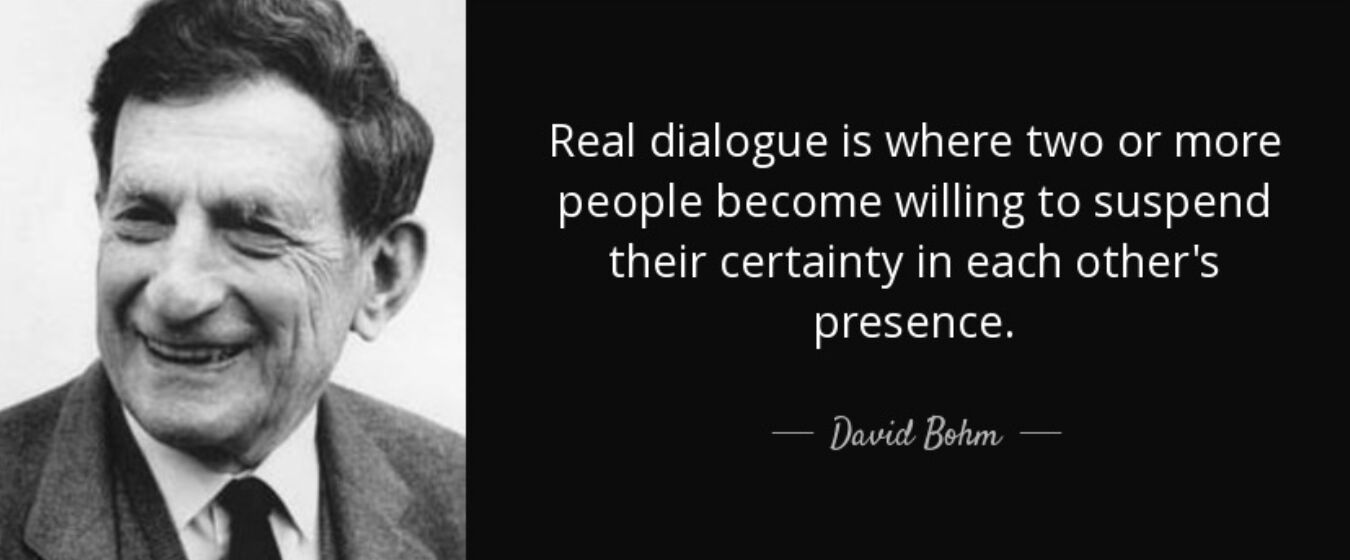 digital possibilities unlocks the special, collective intelligence of groups of people. If you want to consult more (scientific) backgrounds on this subject, you can do so
digital possibilities unlocks the special, collective intelligence of groups of people. If you want to consult more (scientific) backgrounds on this subject, you can do so 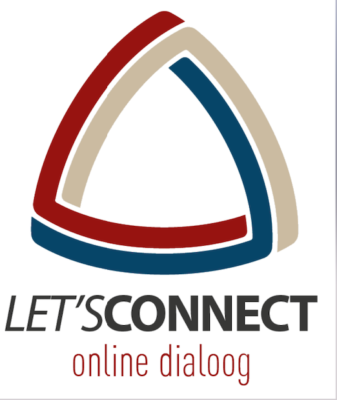

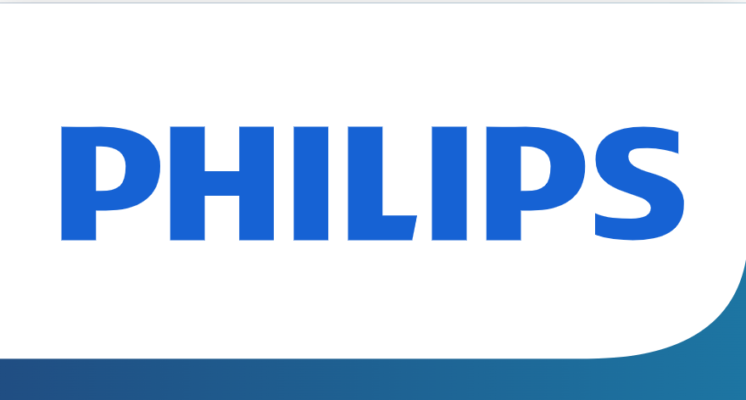

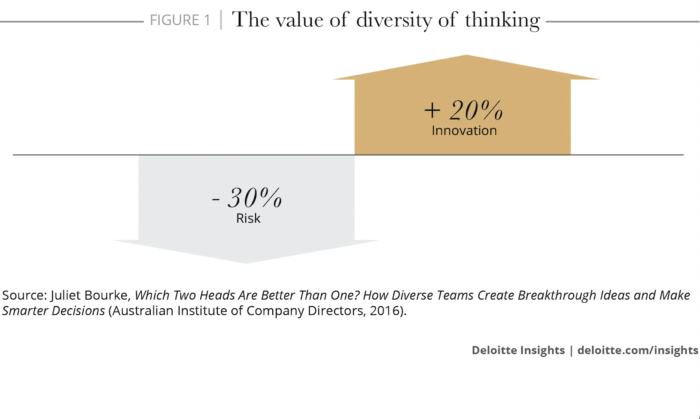
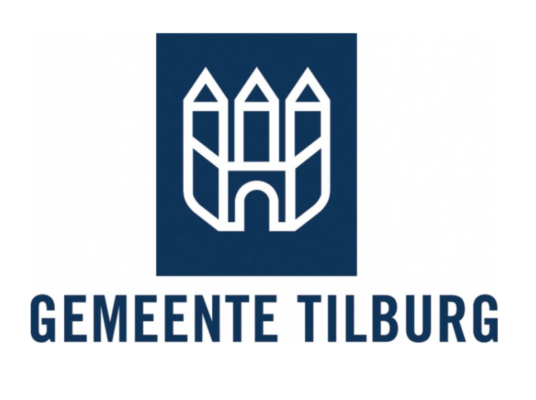

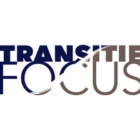
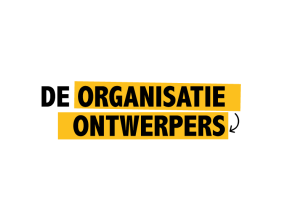
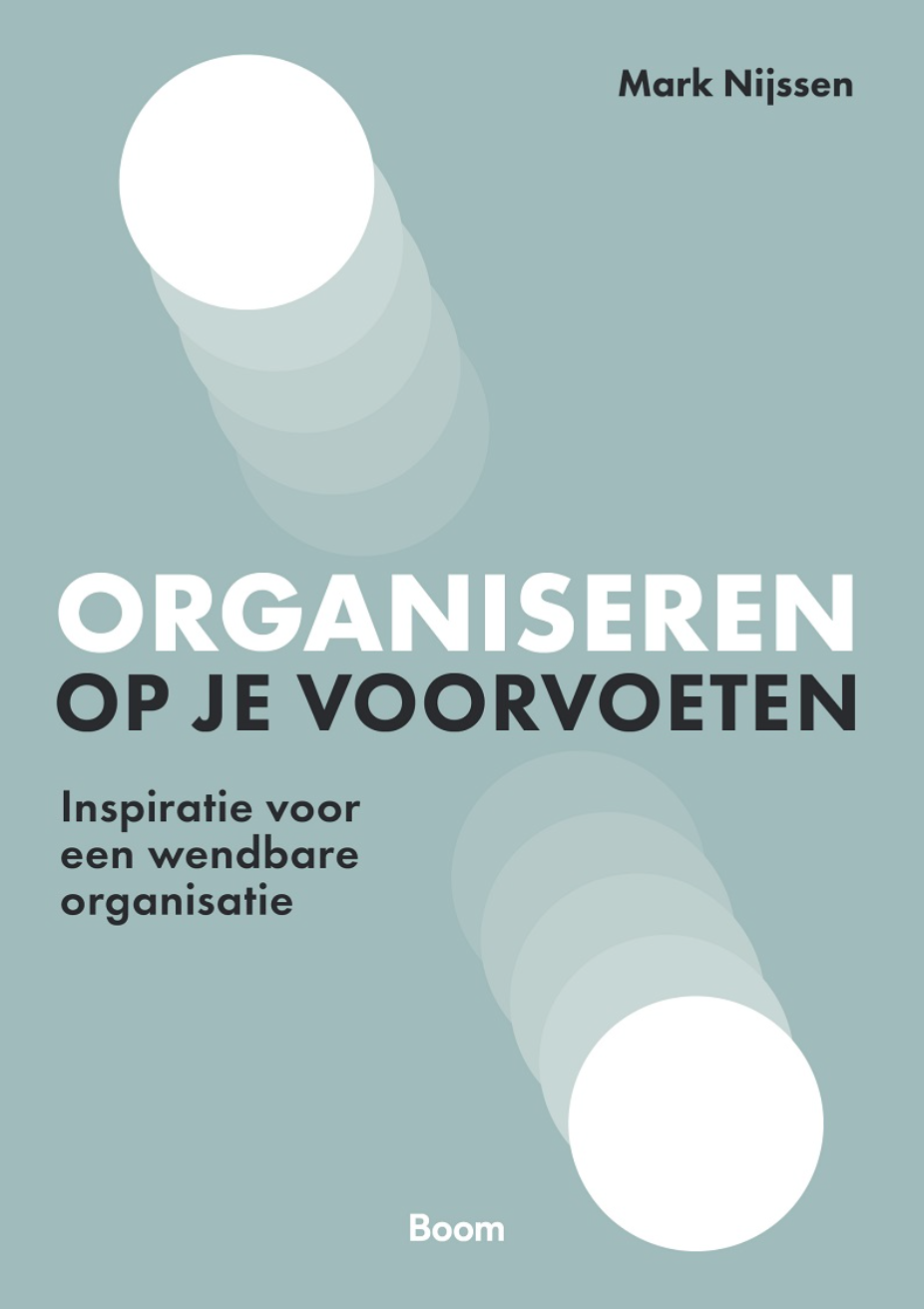
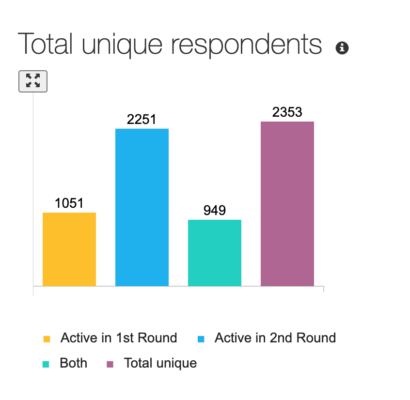
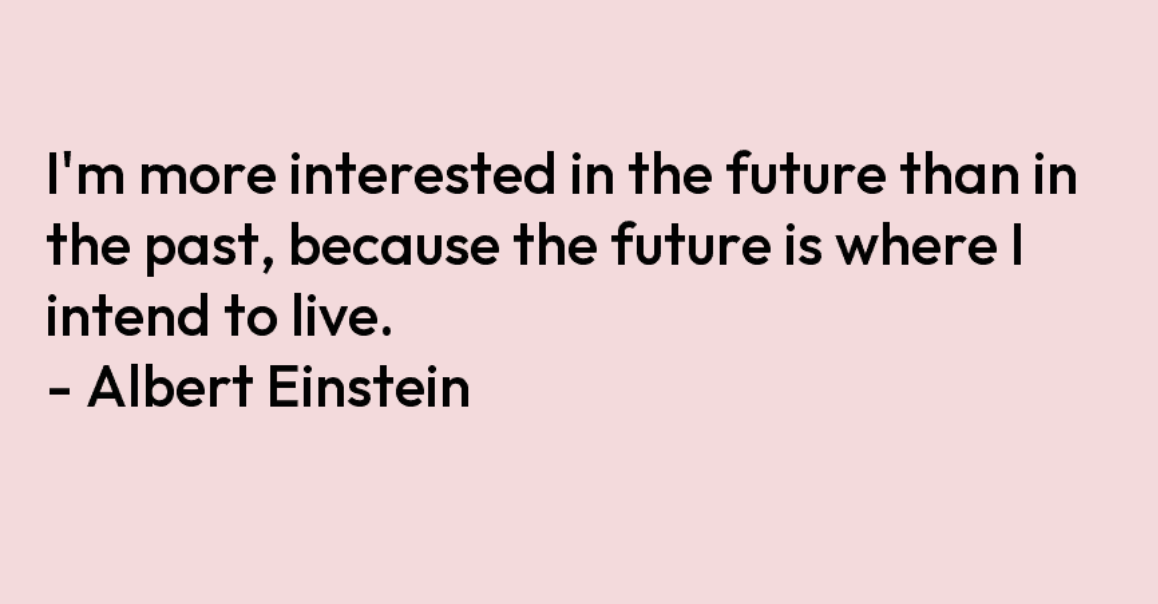 the one question that makes the difference and triggers discussions and thoughts, and that people want to answer? Focus more on questions about the present and the future, instead of the past. Read our White Paper that includes 18 guiding principles to design your own
the one question that makes the difference and triggers discussions and thoughts, and that people want to answer? Focus more on questions about the present and the future, instead of the past. Read our White Paper that includes 18 guiding principles to design your own 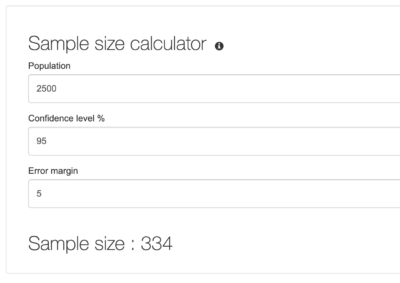
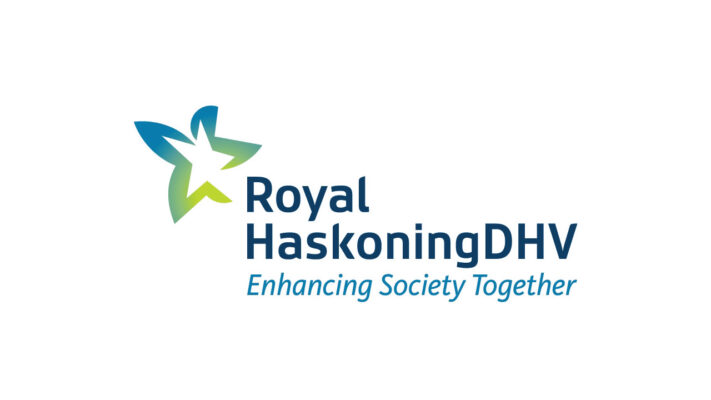
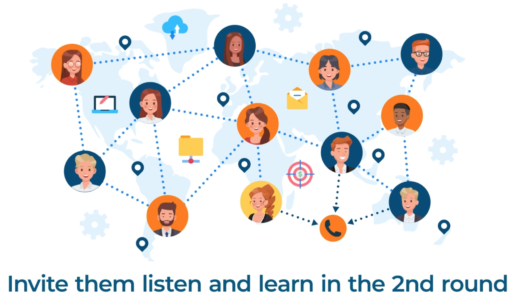
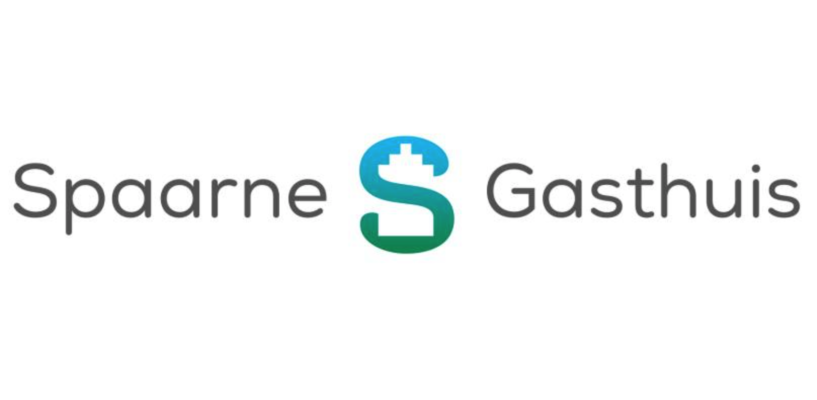

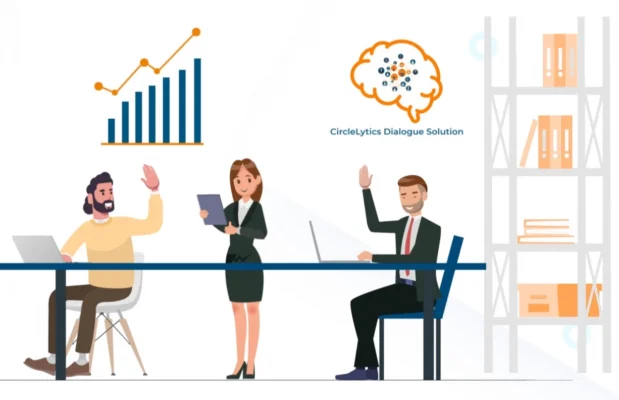
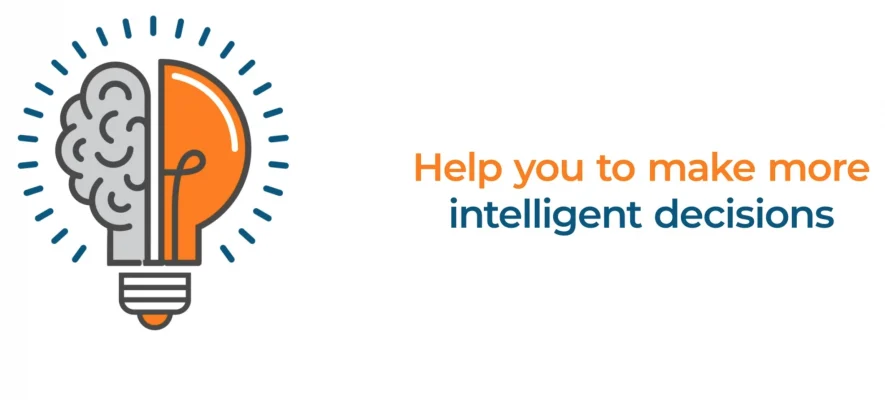


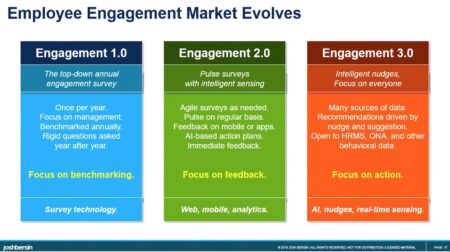
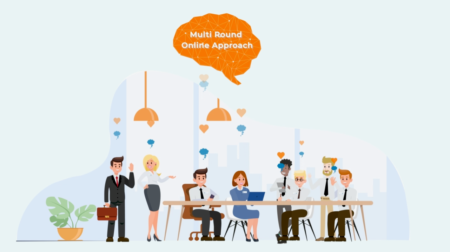


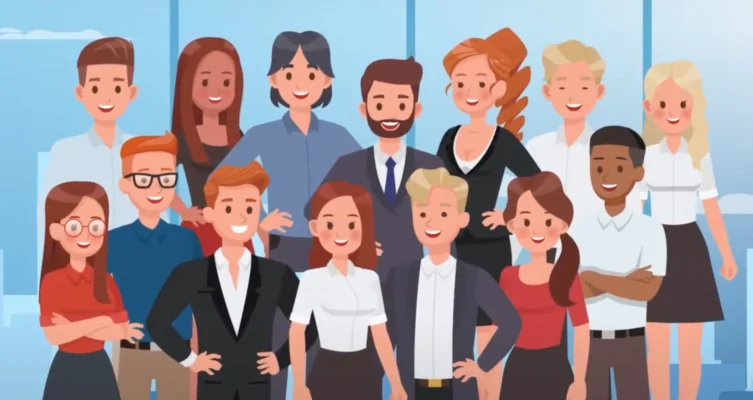
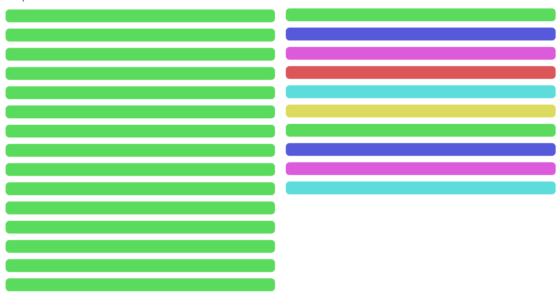 Clustering – playfully expressed with colours for you here – ensures that contributions from round 1 are grouped together based on similarity. Participants only see a few contributions from the same cluster (see picture: a few times the same colour). We have developed a technique of cleverly ‘jumping’ between clusters, showing the participant a varied set of contributions. This way we mitigate the very unwelcome
Clustering – playfully expressed with colours for you here – ensures that contributions from round 1 are grouped together based on similarity. Participants only see a few contributions from the same cluster (see picture: a few times the same colour). We have developed a technique of cleverly ‘jumping’ between clusters, showing the participant a varied set of contributions. This way we mitigate the very unwelcome 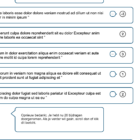 Then, for every 5 contributions, we will show that new message as you can see in the picture on the right: we will thank you and tell you again that you may stop or continue. The participant is free to do so. Sometimes participants read over it. But not anymore; the message is now like a sort of button. Did you know that more than 70% of the participants rated more than 30 contributions? More than 50% of the participants even rate more than 40-50. This means a huge involvement of participants and apparently a nice, attractive experience for them. Your solid questions, relevance of subject matter and
Then, for every 5 contributions, we will show that new message as you can see in the picture on the right: we will thank you and tell you again that you may stop or continue. The participant is free to do so. Sometimes participants read over it. But not anymore; the message is now like a sort of button. Did you know that more than 70% of the participants rated more than 30 contributions? More than 50% of the participants even rate more than 40-50. This means a huge involvement of participants and apparently a nice, attractive experience for them. Your solid questions, relevance of subject matter and 